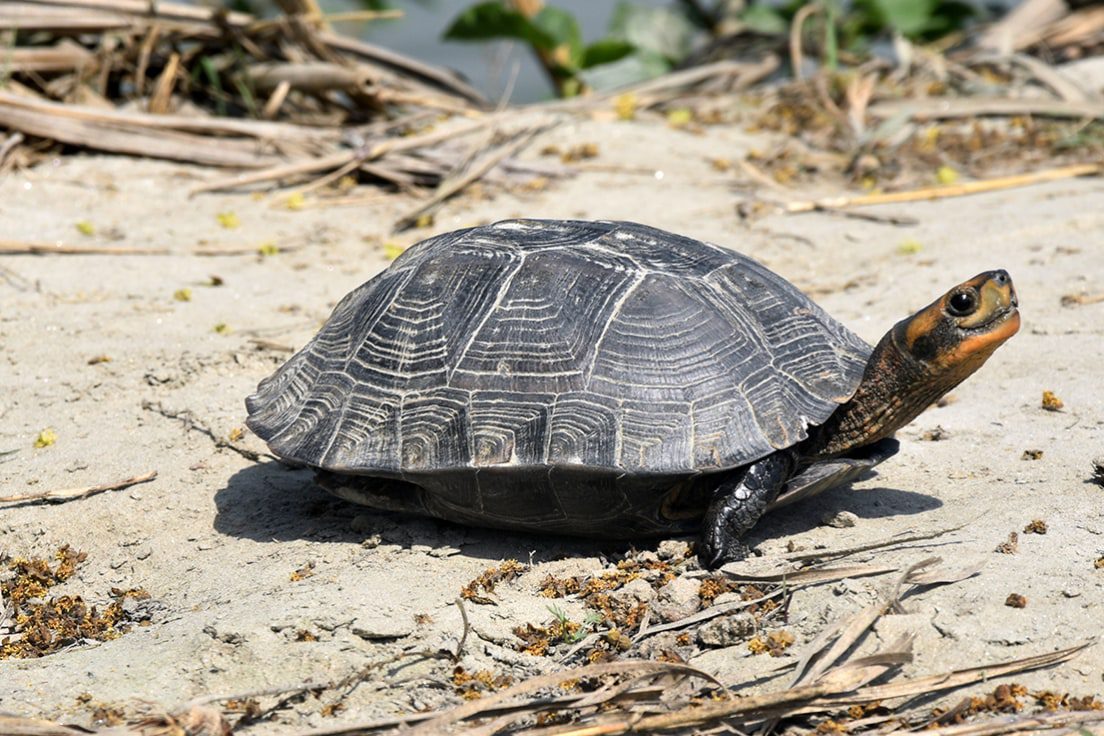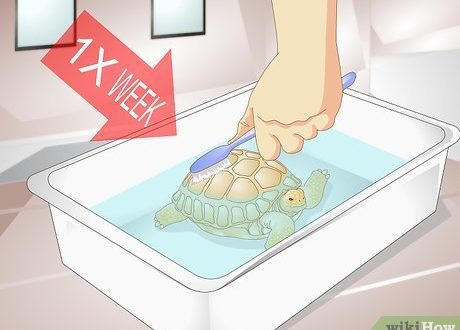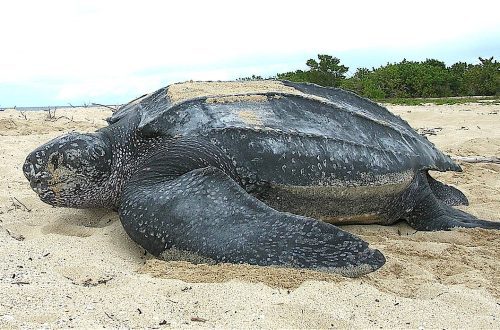
Keeping freshwater turtles: truth and myths
It just seems that turtles are completely unpretentious. That one has only to buy an aquaterrarium – and all the necessary conditions have been created. But in practice, freshwater turtles need special care, without which their well-being is impossible. In our article, we will list 6 of the most common myths about keeping freshwater turtles and give them a rebuttal.
- Myth #1. A freshwater turtle needs to be fed with meat products: sausages, minced meat, offal …
We refute!
There are many species of freshwater turtles. There are turtles – predators, they do not need plant food. These are, for example, caiman, vulture turtles, trionics. There are turtles – vegetarians. There are turtles (the same red-eared ones), which are predators in childhood, and when they grow up, they switch to a mixed diet.
Products from the human table are categorically not suitable for any reptiles. In order not to make a mistake with the diet, it is better to use special balanced food for freshwater turtles, for example, TetraReptoMin. Professional food contains all the components necessary for the turtle, and the owner does not have to worry about the health of the pet.
The most popular domestic freshwater turtles are and.
- Myth #2. The turtle can be kept in a plastic container. For example, in a basin.
We refute!
A dangerous delusion that cost many reptiles their lives. A turtle is not a clockwork toy, but a living creature with its own needs.
A freshwater turtle at home needs: a spacious aquaterrarium, sources of heat and light, a thermometer, a powerful filter, food, water preparation. Some turtles need an island of land.
The owner will have to regularly maintain the optimal temperature in the aquaterrarium, monitor its cleanliness, and renew the water. Now imagine a plastic container: it is impossible to create even minimal conditions in it.
- Myth #3. Aquatic turtles don’t need land!
We refute!
Some turtles are exclusively aquatic, while others are semi-aquatic. If we are talking about the most popular turtles – swamp and red-eared, then they definitely need a shore.
Freshwater turtles spend most of their time in the water, but land is vital to them. On land, turtles rest, bask and nest. Therefore, the presence of an island with gentle shores, on which the turtle can rest, is a prerequisite. Some freshwater turtles are very fond of spending time on land. Therefore, in addition to the island, it is recommended to install decorative branches or large stones in the aquaterrarium. This will give the turtle more choice on where to lie down next time.
- Myth number 4. Children can pet the freshwater turtle and carry it in their arms.
We refute!
Aquatic turtles are not dogs or even guinea pigs. They are not human-oriented and prefer to spend time on their own. These pets are best observed from the side. In addition, water turtles are obstinate. If disturbed, they may bite. But there is another reason as well. A child can accidentally harm a pet, for example, by dropping it. Turtles are only seemingly armored, and even a fall from a small height can turn into a tragedy for them.
After interacting with a turtle, be sure to wash your hands.
- Myth number 5. You can pour untreated tap water into the aquaterrarium!
We refute!
If fresh water from the tap is poured into the aquarium, the turtle can get sick or even die. There are two ways to prepare water: using a special water preparation agent (for example, Tetra ReptoFresh) or by settling. After treatment with the agent, water can be used immediately. In the second case, it should stand for at least a couple of days. You need to defend it correctly: in a glass container without a lid. With a lid, volatile compounds will not be able to evaporate, there will be no point in such preparation.
- Myth number 6. The turtle is bored alone, she needs to make a friend or girlfriend.
We refute!
Turtles are not social animals. Boredom is not about reptiles at all. Aquatic turtles can be very aggressive, so the neighborhood may be accompanied by conflicts. If the turtles are of different sexes, the male can constantly pester the female, who does not have the physical ability to hide from annoying courtship.
Turtles can be kept in groups if breeding plans dictate, and the size of the terrarium allows the animals to disperse to a safe distance.
What myths are familiar to you?





